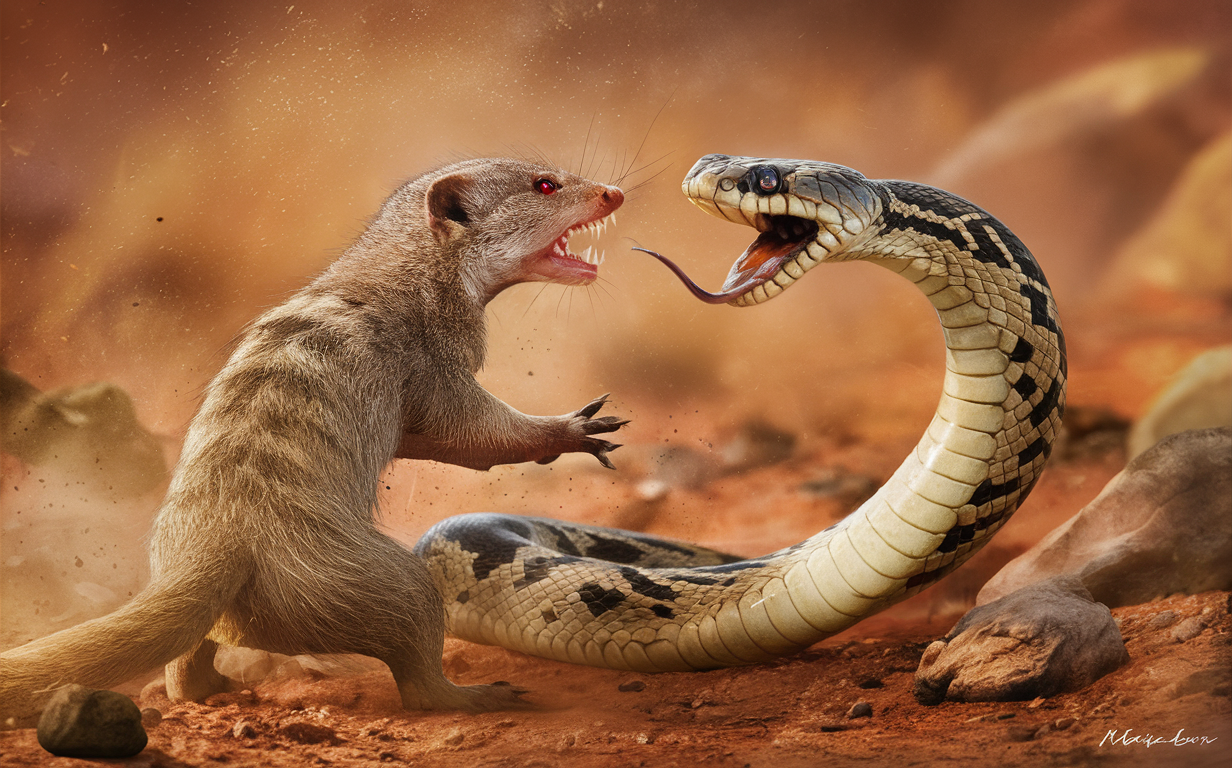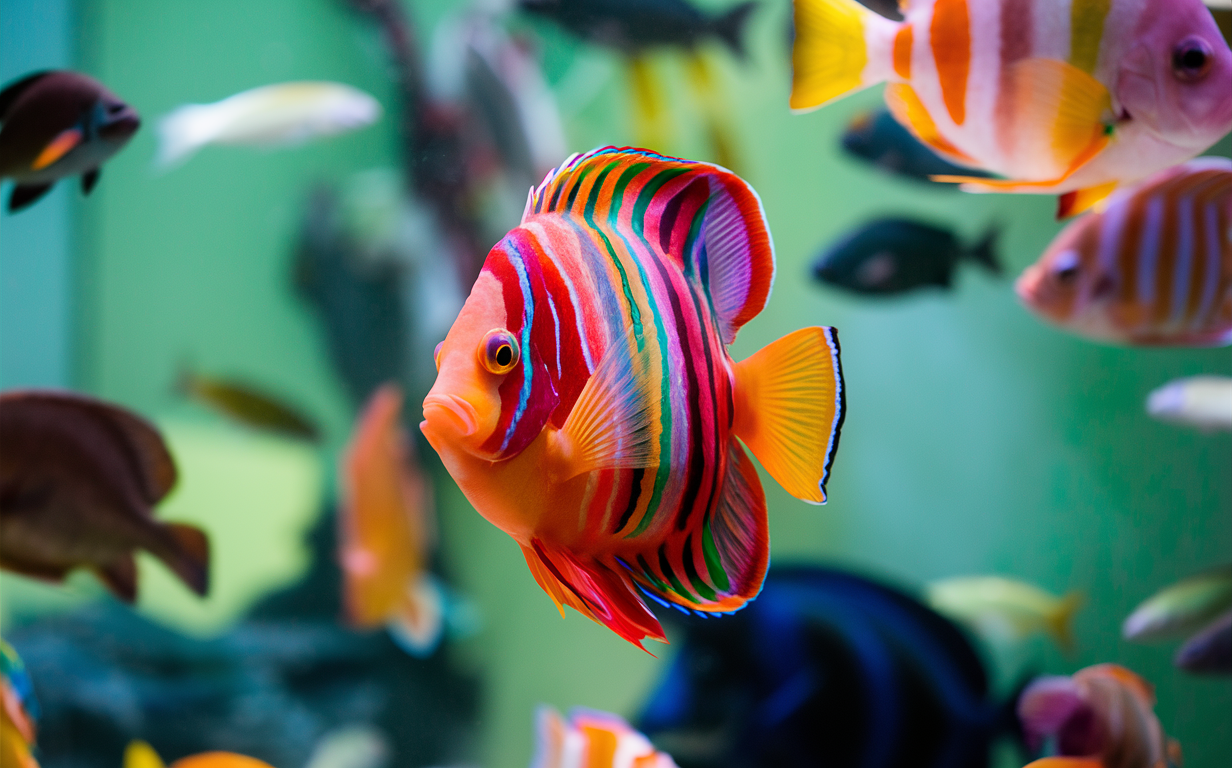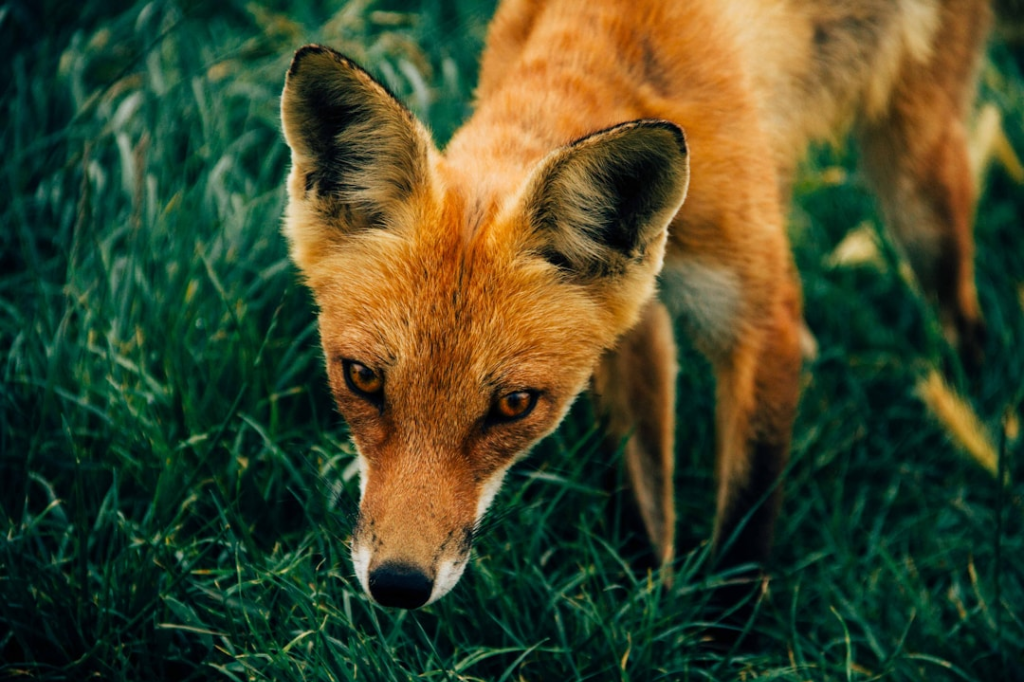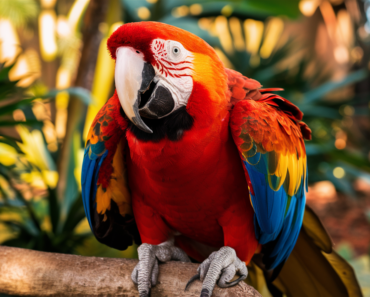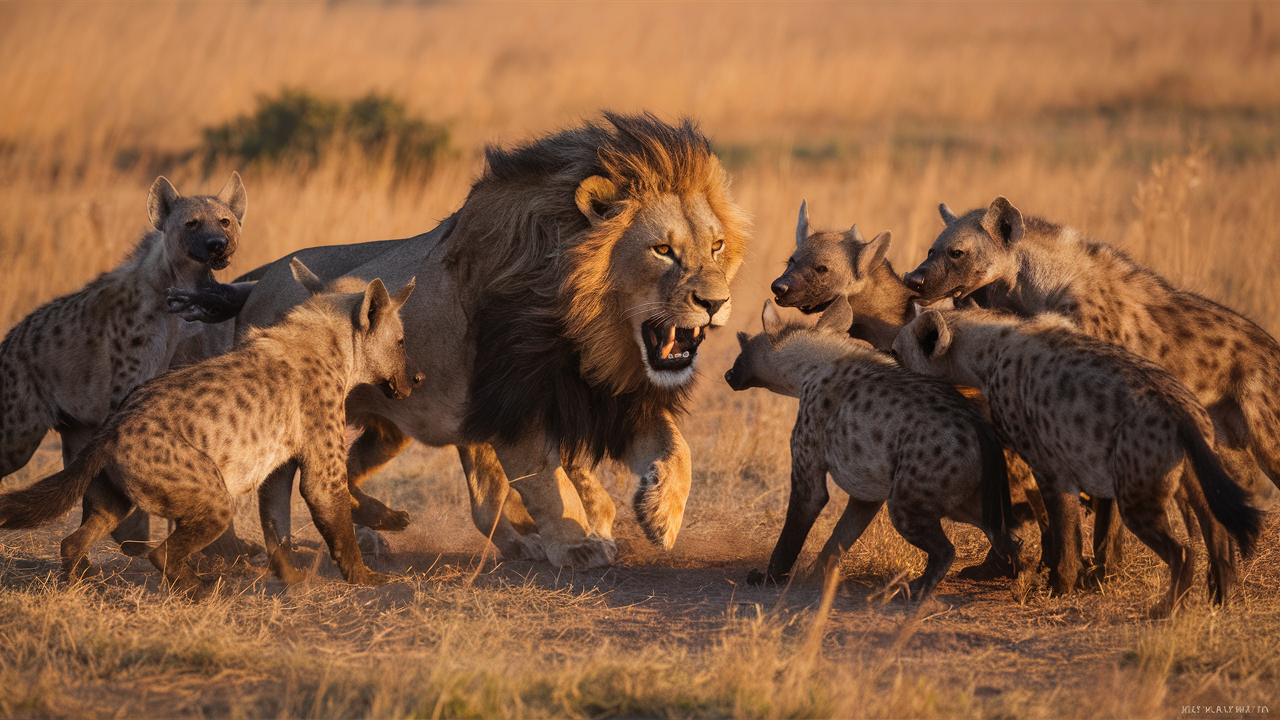The Stark Reality of Extinction
10 of the World’s Most Endangered Animals ,In our rapidly changing world, where human activities continue to expand exponentially, natural habitats are increasingly shrinking, and wildlife populations are declining at an alarming rate. According to the International Union for Conservation of Nature (IUCN), over 41,000 species are currently threatened with extinction. The 2022 Living Planet Report indicates that global wildlife populations have decreased by an average of 69% since 1970. Despite notable successes in wildlife conservation, many species remain critically endangered, primarily due to unsustainable human activities.
Below, we examine ten of the world’s most endangered animals, discussing the challenges they face and the efforts being made to protect them.
1. Javan Rhinoceros
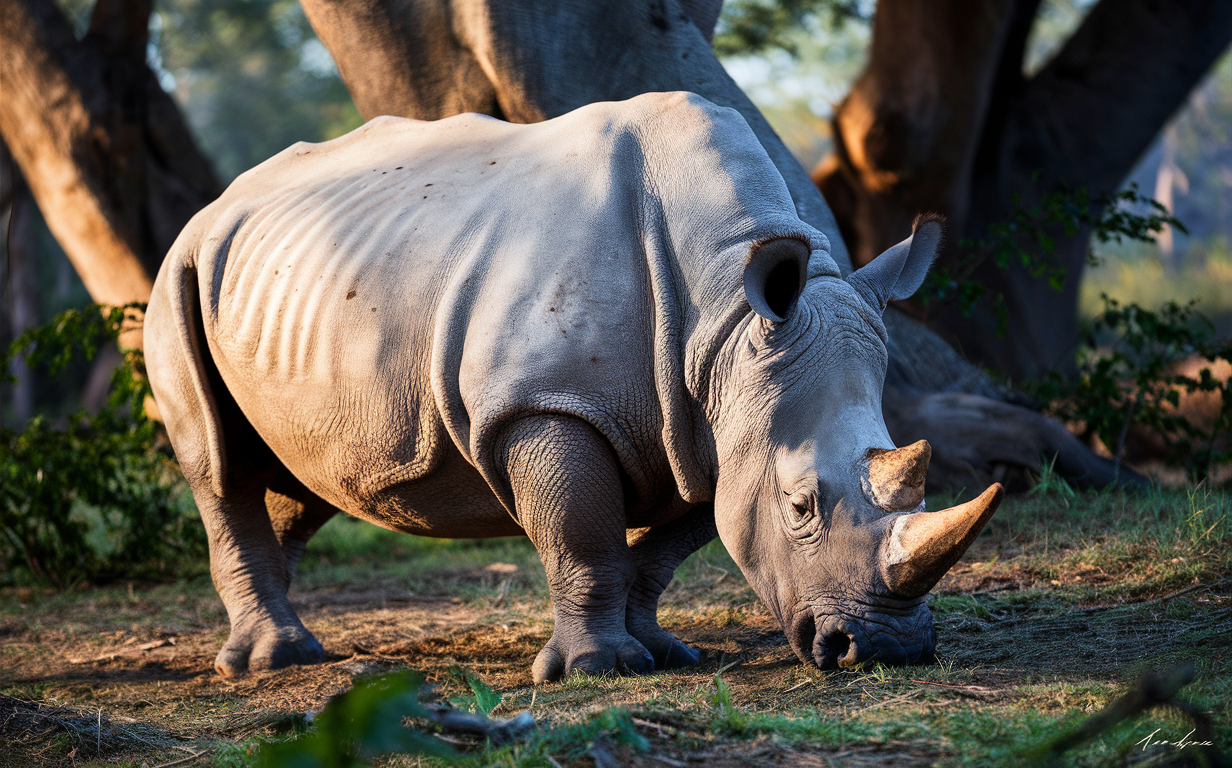
Once roaming extensively across Southeast Asia, the Javan rhinoceros is now one of the rarest large mammals on Earth. With only around 75 individuals remaining, they are confined to the Ujung Kulon National Park in Indonesia. This World Heritage Site is their last refuge, yet it faces threats from the invasive Arenga palm, which reduces the available food and habitat for the rhinos. The small population size makes them extremely vulnerable to extinction from natural disasters, disease, poaching, and potential inbreeding.
2. Amur Leopard
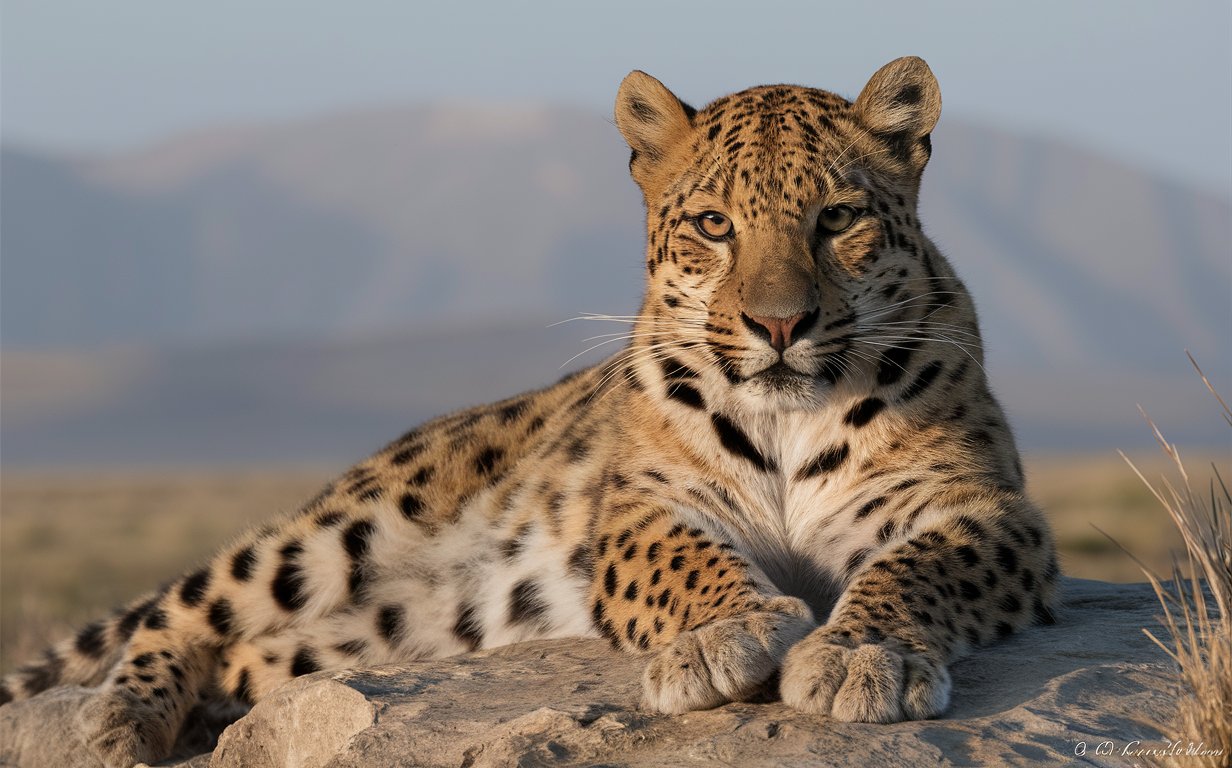
The Amur leopard, one of the rarest big cats, has an estimated wild population of only about 100 individuals. Found primarily in the far east of Russia and northeastern China, they face severe threats from habitat loss, fragmentation, and prey scarcity. However, conservation efforts have led to a stable and slightly increasing population. Approximately 75% of their habitat lies within protected areas, providing some hope for their future.
3. Sunda Island Tiger
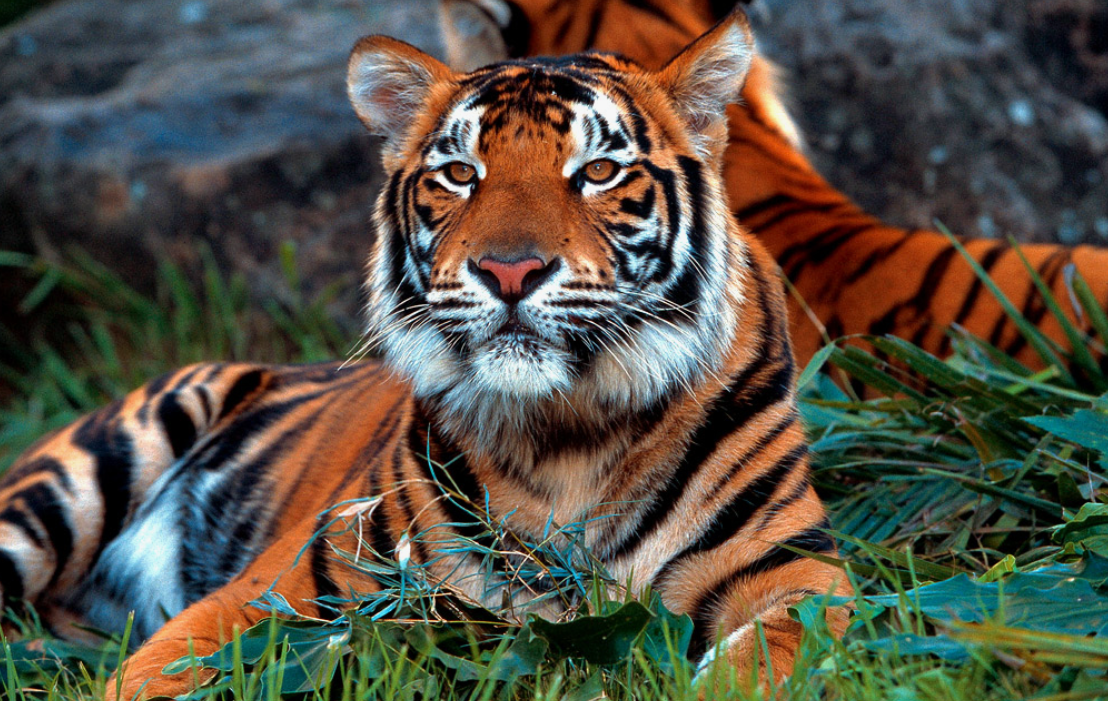
The Sunda Island tiger, also known as the Sumatran tiger, is the smallest tiger subspecies, with an estimated 600 individuals remaining in the wild. These tigers are only found on the Indonesian island of Sumatra. The rapid human population growth in Southeast Asia has significantly impacted tiger habitats, increasing human-tiger conflicts. Poaching and illegal trade of tiger parts further threaten their survival.
4. Mountain Gorilla
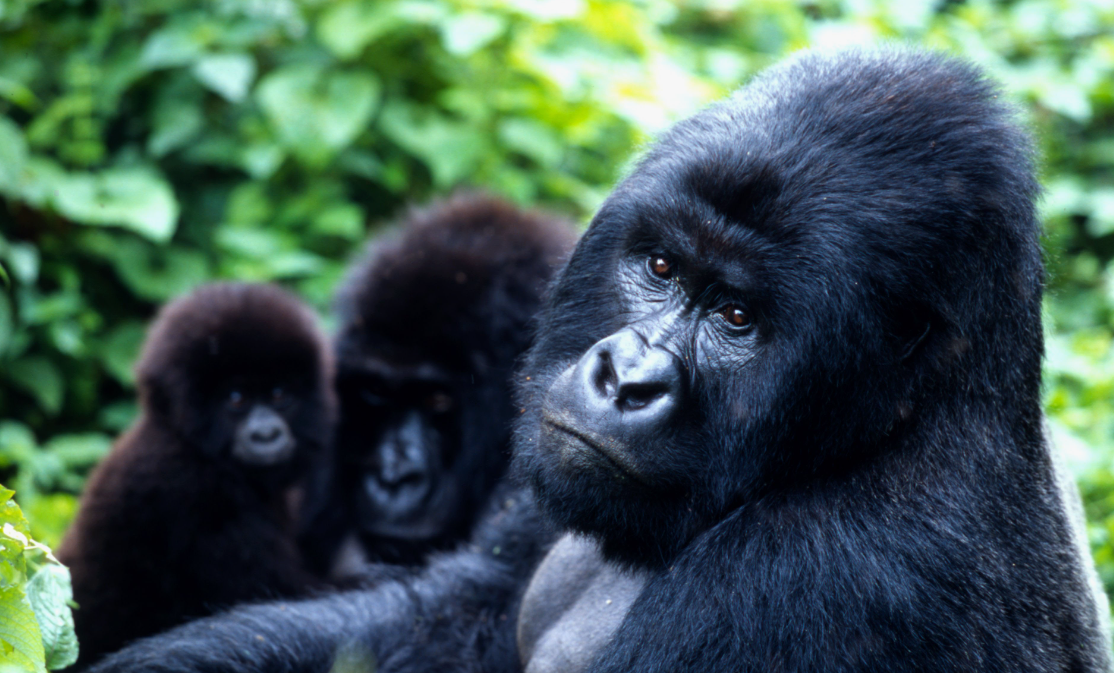
Mountain gorillas inhabit the high-altitude forests of the Democratic Republic of Congo, Rwanda, and Uganda. Despite political instability and high poverty levels in these regions, conservation efforts have led to a promising recovery. Currently listed as endangered, there are just over 1,000 mountain gorillas left in the wild. However, ongoing threats such as habitat encroachment and human conflict continue to pose significant challenges.
5. Tapanuli Orangutan
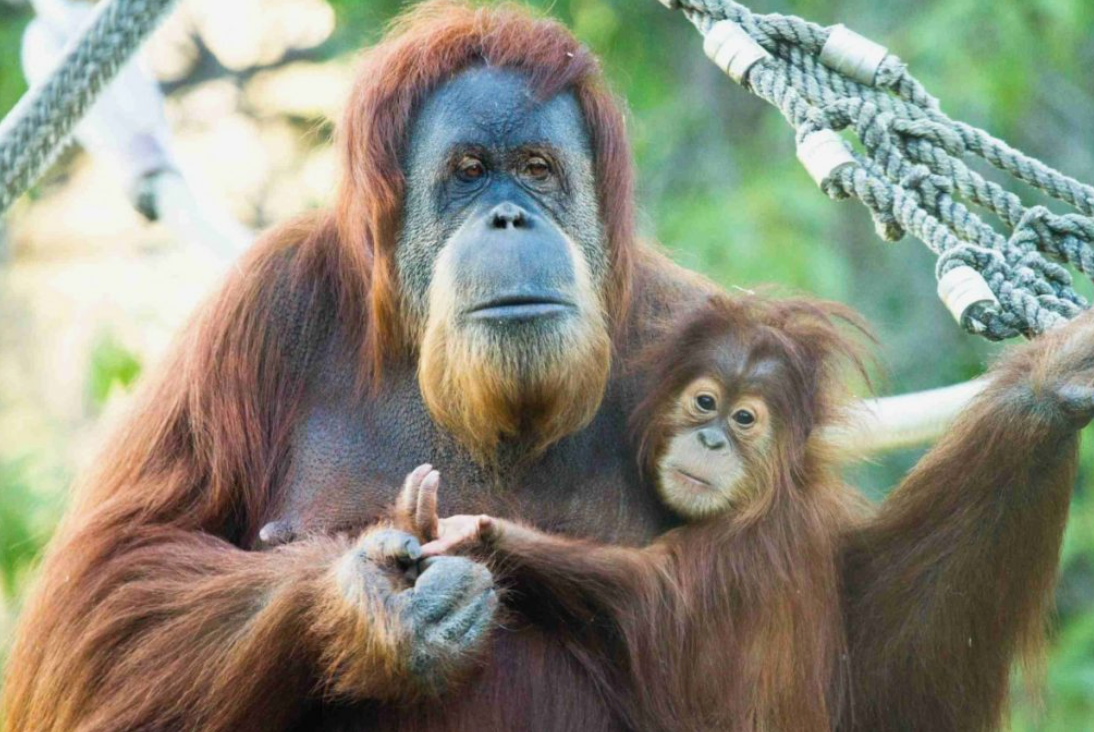
Discovered as a distinct species in 2017, the Tapanuli orangutan is the most endangered great ape, with fewer than 800 individuals remaining. Found only in the Batang Toru Forest in Sumatra, their habitat is threatened by deforestation for agriculture, mining, and infrastructure projects. Conservation efforts are crucial to prevent their extinction.
6. Vaquita
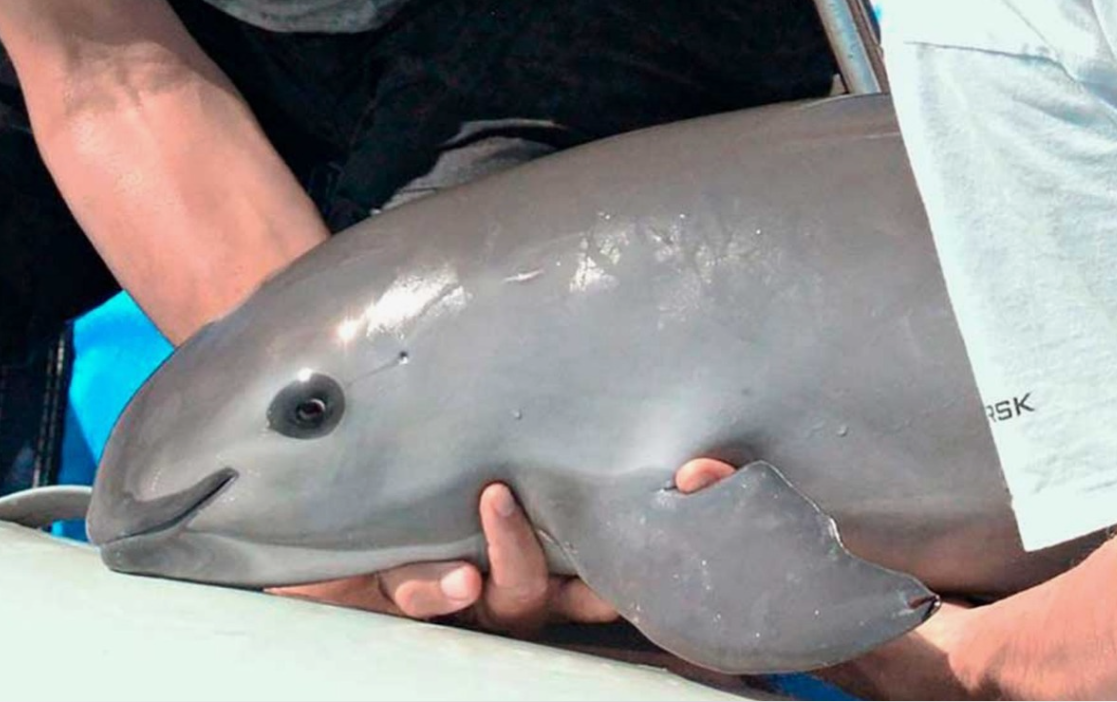
The vaquita, a small porpoise, is the most endangered marine mammal, with fewer than 10 individuals left. Found only in the northern part of the Gulf of California, their population has been decimated by illegal fishing practices, particularly the use of gillnets. Immediate and stringent conservation measures are essential to save the vaquita from extinction.
7. Sumatran Elephant
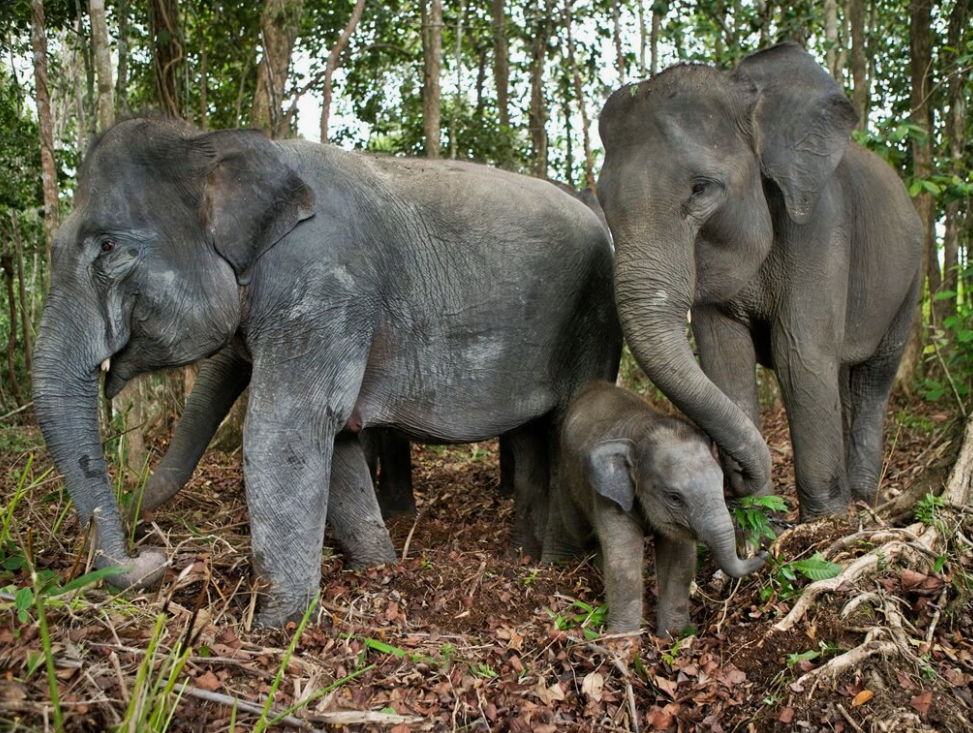
With fewer than 2,800 individuals remaining, the Sumatran elephant is critically endangered. Habitat loss due to deforestation for palm oil plantations and human-wildlife conflict are significant threats. Conservation efforts focus on habitat protection, human-elephant conflict mitigation, and anti-poaching measures.
8. Yangtze Finless Porpoise
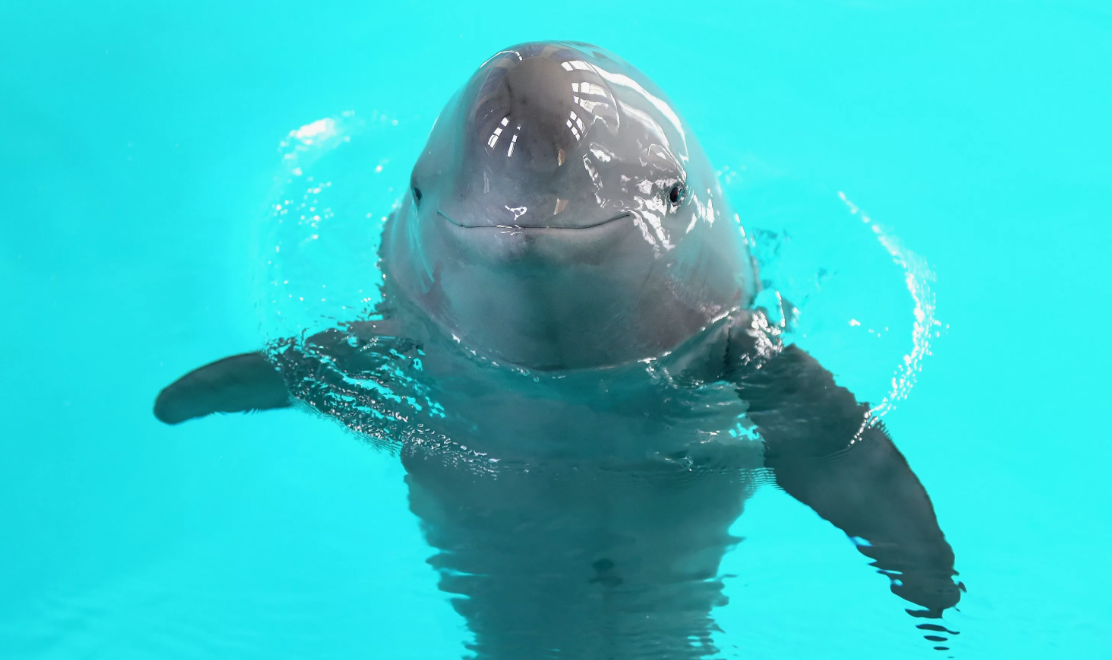
The Yangtze finless porpoise is a critically endangered freshwater cetacean, with approximately 1,000 individuals left. Found in the Yangtze River, they face threats from habitat degradation, pollution, and shipping traffic. Conservation efforts aim to improve water quality, reduce human impact, and establish protected areas.
9. Cross River Gorilla
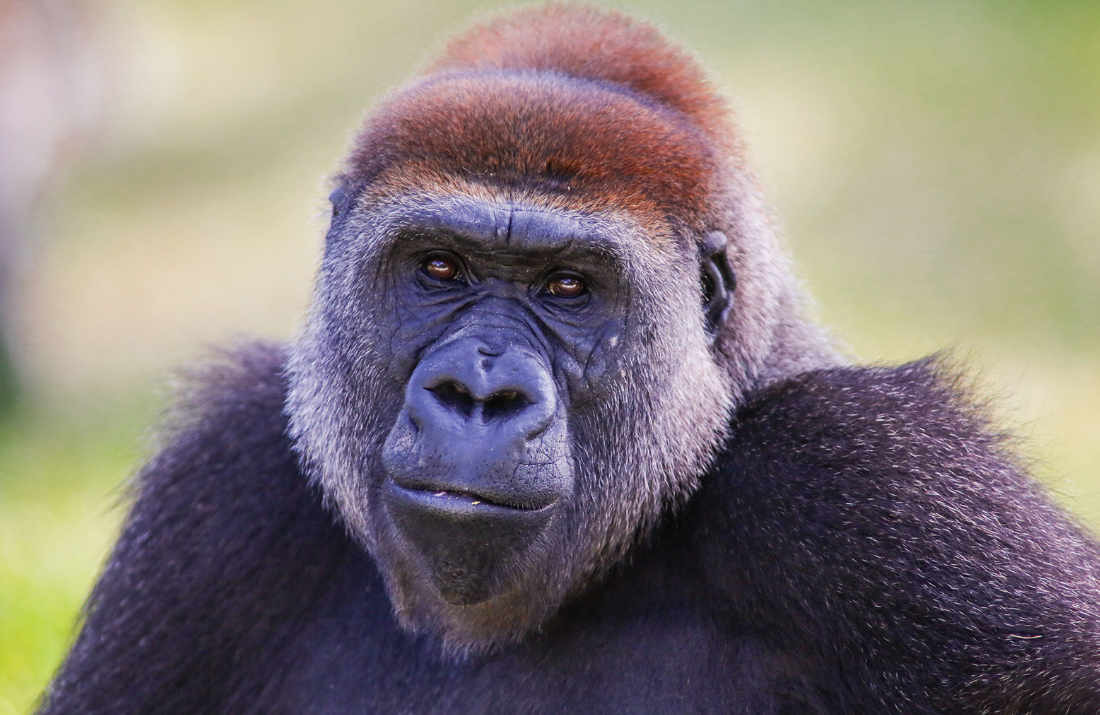
The Cross River gorilla is the most endangered gorilla subspecies, with an estimated 200-300 individuals remaining. Found in the mountainous border region between Nigeria and Cameroon, they face threats from habitat loss, hunting, and human encroachment. Conservation efforts focus on habitat protection, anti-poaching measures, and community engagement.
10. Hawksbill Turtle
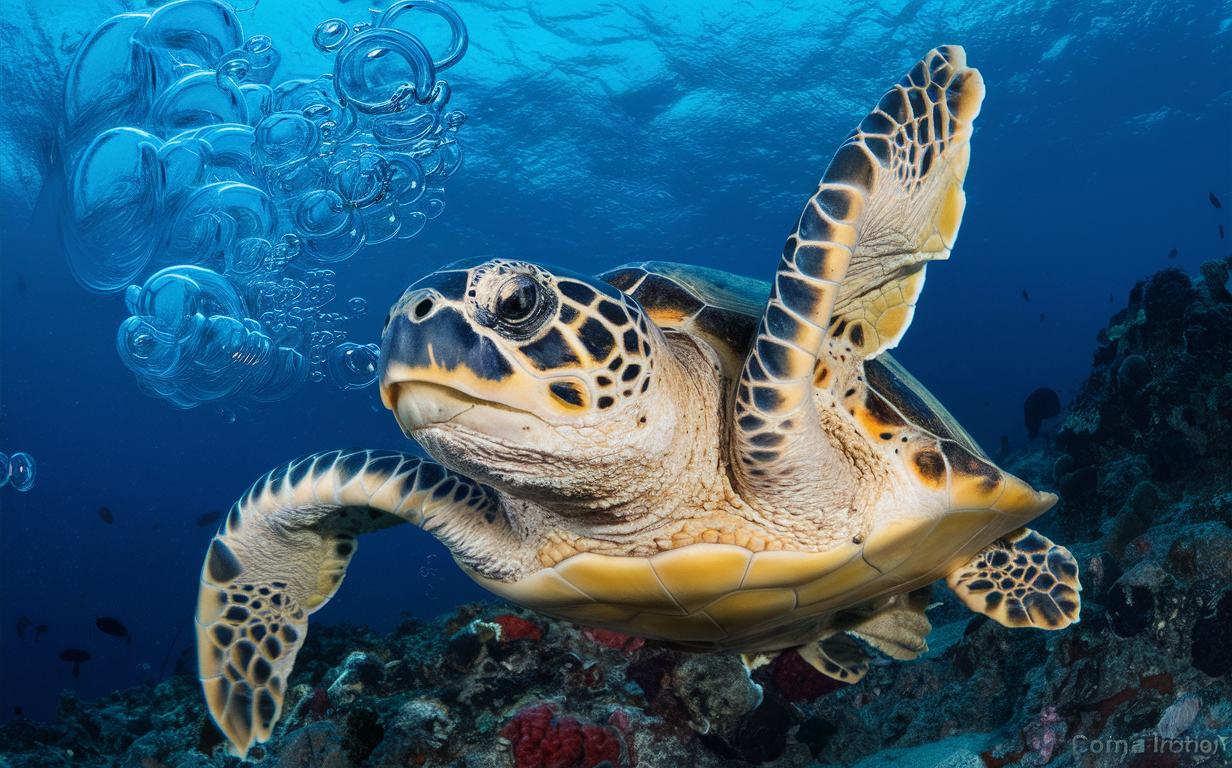
The hawksbill turtle is a critically endangered species, with an estimated population decline of 80% in the last century. They are found in tropical and subtropical oceans around the world. Their population has been severely impacted by illegal trade for their shells, which are used to make souvenirs and jewelry. Conservation efforts aim to reduce poaching, protect nesting beaches, and promote sustainable fishing practices.
The Importance of Conservation Efforts
These ten animals represent just a fraction of the many species that are facing extinction due to human activities. As we continue to expand our presence on Earth, it is essential to recognize the impact our actions have on wildlife populations and take steps towards conservation efforts.
Through habitat protection, anti-poaching measures, community engagement
Hawksbill turtles are critically endangered, with populations declining due to illegal trade of their shells, habitat destruction, and climate change. Found in tropical coral reefs, they play a vital role in maintaining the health of these ecosystems. Conservation efforts include protecting nesting sites, reducing bycatch, and combating illegal trade.
How You Can Help
The plight of these endangered animals underscores the urgent need for conservation efforts. These species are facing unprecedented threats from habitat destruction, climate change, poaching, and pollution. The loss of biodiversity has far-reaching consequences not only for the environment but for human well-being as well. Here are ways you can contribute to the conservation cause and make a tangible difference:
Adopt an Animal
Support conservation programs by adopting an animal through reputable organizations. By adopting, you’re not only symbolically taking care of an endangered species but also directly funding vital research and protection efforts. Adoption packages often include updates on your chosen animal, making the experience both rewarding and informative.
Become a Member
Join organizations like WWF or other reputable conservation groups to support ongoing conservation initiatives. Membership fees fund critical projects such as anti-poaching patrols, habitat restoration, and community education programs. As a member, you will receive regular updates on conservation progress and be invited to participate in exclusive events and campaigns.
Raise Awareness
Use your voice to raise awareness about endangered species and the importance of biodiversity. Share information and educational resources on social media platforms, participate in community events, and engage in conversations with friends and family. Raising awareness can galvanize public support and influence policy changes that benefit wildlife conservation.
Support Sustainable Practices
Make eco-friendly choices in your daily life to reduce your ecological footprint. Support sustainable products, reduce waste by recycling and composting, and advocate for policies that protect natural habitats. Simple actions like reducing plastic use, conserving water, and choosing locally-sourced foods can collectively have a significant impact on the environment.
Volunteer Your Time
Consider volunteering your time and skills to conservation projects. Whether locally or internationally, many organizations welcome volunteers to help with field research, wildlife monitoring, habitat restoration, and community outreach programs. Volunteering offers a hands-on opportunity to contribute directly to conservation efforts and can be an incredibly fulfilling experience.
Conclusion
The survival of these endangered animals depends on collective action. By supporting conservation efforts, raising awareness, and making sustainable choices, we can help protect these species for future generations. Let us work together to ensure that these incredible animals continue to thrive in the wild. Every individual action counts, and together, we can make a difference.
For more information on how you can get involved, visit the WWF website and explore their various conservation programs. Additionally, check out the IUCN Red List for detailed information on endangered species and the WWF Living Planet Report 2022 for insights into global biodiversity trends. Together, we can make a difference.
—
Sources:
- IUCN Red List
- WWF Living Planet Report 2022
